terça-feira, junho 05, 2012
quinta-feira, maio 31, 2012
Projeto - Permacultura no CEA
Dia 58
Os estágios do Pedro e da Yara estão pertinho do fim, pelo que os últimos dias estão a ser ainda mais trabalhosos do que o costume.
Parece que o tempo passa a correr e que nem tudo foi feito. Há sempre tantas coisas para fazer que os dias não chegam!
Socorremos um lagarto da água, e ainda fizemos uma pulseira/coroa vegetal.
Hoje, o penúltimo dia de estágio do Pedro, foi de muita cor e de muito artesanato: temos uma nova mesa feita de um rolo velho que já tínhamos há uns tempos aqui no CEA, os garrafões colhidos no ecoponto estão agora mais bonitos, com a técnica de macramé, a Raquel tentou ensinar ao Pedro e à Yara a técnica de cestaria com jornal (infrutiferamente, pois nem com muitas tentativas eles chegaram lá!). Vá, vale o esforço.
Ainda houve tempo para fazermos um creme de corpo e uma vela (estava tanto calor que deixamos solidificar até ao dia seguinte; amanhã, veremos o resultado final) e para colocar o nosso biopesticida nos tomateiros e na alcachofra.
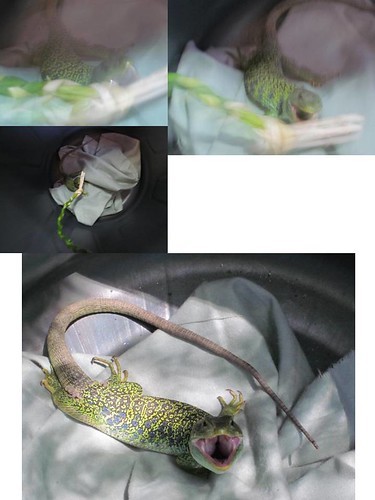

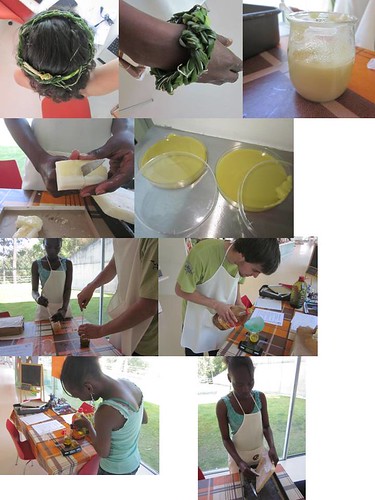
Escrito pelo Topas às 12:16 0 comentários
sexta-feira, maio 25, 2012
Projeto - Permacultura no CEA
Dia 57
Mais um pneu transformado em arte!
Os resíduos podem mesmo transformar-se em objetos bonitos. E não vá alguém esquecer-se do âmbito das nossas atividades aqui no CEA, aqui fica o lembrete:

Escrito pelo Topas às 14:41 0 comentários
quarta-feira, maio 23, 2012
Projeto - Permacultura no CEA
Dia 55
Tantas coisas, tantas coisas!
Por onde começar? Pelo início. Ora bem, começamos por cortar e embrulhar o sabão feito pelos meus amigos da Escola Agrícola de Santo Tirso e ainda tivemos tempo de confraternizar com um escaravelho verdinho e brilhante.
A Natureza é tão bonita!

Escrito pelo Topas às 17:52 0 comentários
terça-feira, maio 08, 2012
Projeto - Permacultura no CEA
Dia 49
Hoje foi dia de fazermos mais um banquinho de jornais.
Desta vez, pensamos usar este baco para meditação, ou seja, teremos de nos sentar de uma outra forma. Ora vejam:

Escrito pelo Topas às 12:30 0 comentários
sexta-feira, maio 04, 2012
quinta-feira, maio 03, 2012
Projeto - Rermacultura no CEA
Dia 48
O que fazer com jornais velhos e a vontade de não nos sentarmos no chão duro?
Juntando a imaginação, um pouco de trapilho e uma camisola velha, fazemos um belo banquinho! Extraordinário o que o cérebro pode "magicar"!
O Pedro e a Raquel lá conseguiram colocar em prática este pequeno projeto e ficou maravilhoso!
Que seja o primeiro de muitos, que eles até dão jeito aqui no CEA.
Escrito pelo Topas às 13:16 2 comentários
sexta-feira, abril 20, 2012
Projeto - Permacultura no CEA
DIA 46
De degrau em degrau, com terra e pneus, a Catarina, o Pedro, a Raquel e a Sara colocaram as sacholas na mão.
Foi um dia de Braço Direito.
Foi um dia de construções.
Foi uma manhã cheia de chuva, mas cheia de proveito.
Agora já temos escadas para alcançar, sem cair, a torneirinha de rega das framboeseiras!
Haja vontade e pneus!
E para animar o trabalho, porque precisamos de muita força, lembramo-nos desta música.
No caminho de muitos quilos de terra transportada, encontramos um amigo: será que vai ser uma borboleta? É que não me parece uma processionária.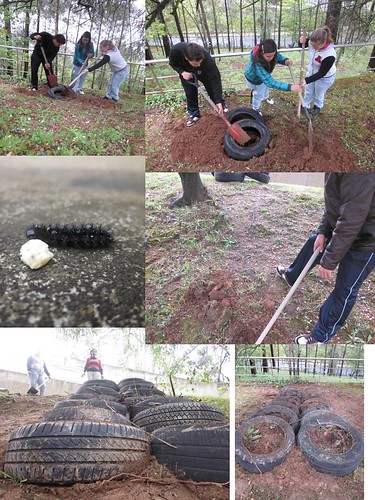
Escrito pelo Topas às 17:01 0 comentários
quarta-feira, abril 11, 2012
Projeto - Permacultura no CEA
Dia 45
E mais uma vez, o lixo de uns, tornou-se no nosso tesouro!
Decidimos chamar a este projeto "Bidé estragado - Bidé estragão".
Entretanto, fomos inspecionar os nossos cultivos e sementeiras e demos de caras com FAVAS! E com as sementinhas da cama elevada a crescerem!
Numa verdadeira aventura, a missão de salvamento da tampa, não fosse ela saltar, correu tão bem, que em vez de uma, o Pedro encontrou as duas! E agora, a compostagem ficará perfeita. 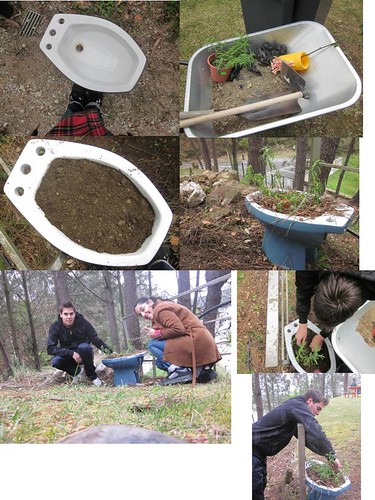
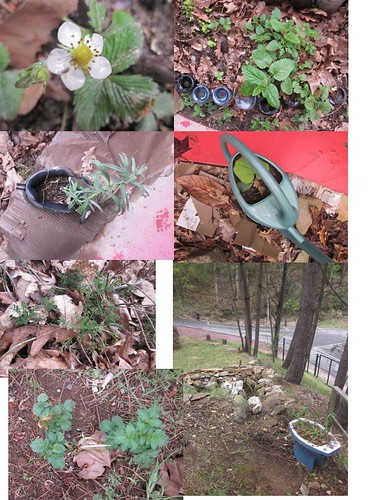
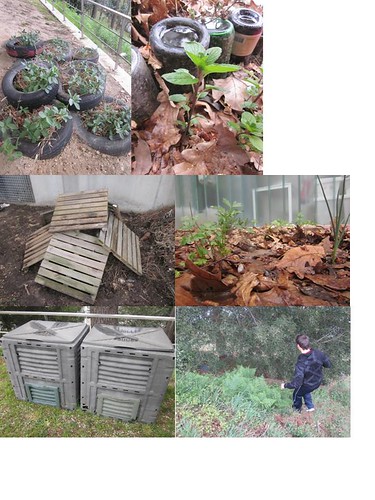
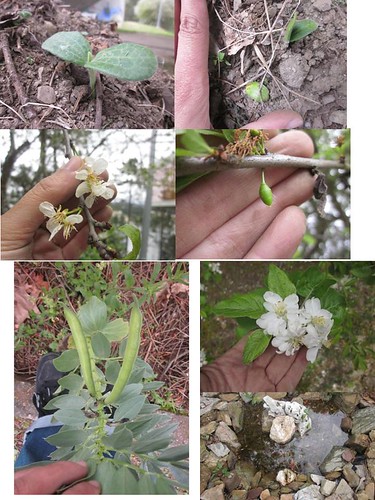
Escrito pelo Topas às 16:22 0 comentários
terça-feira, março 27, 2012
Projeto - Permacultura no CEA» Lixo de uns, tesouro de outros!
Dia 39
Aqui está o nosso tesouro: um novo lavatório na zona exterior do CEA.
Para quando terminamos os nossos trabalhos na terra; lavamos as mãozinhas e estamos prontos para irmos para casa!
Falta só o nosso sabão caseiro feito com óleo usado.
Maravilha de lixo!
A Raquel, para este trabalho, teve a ajuda do Cristóvão, um amigo de longa data do CEA.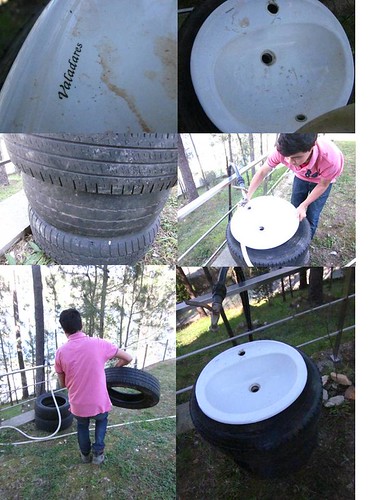
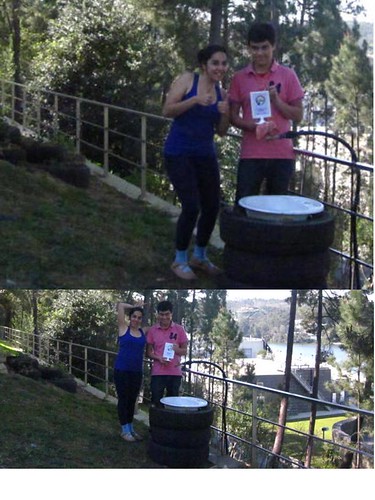
Escrito pelo Topas às 17:03 0 comentários
quinta-feira, março 01, 2012
"Compostar" fezes animais?
Just like turning, adding a nitrogen source to the pile heats it up. All compost piles are a balance between carbon and nitrogen sources, aka "greens and browns." Too much carbon and your pile is cool and slow. Too much nitrogen and its slimy and stinky. But if you get the balance right, you end up with lovely compost.
In kitty litter composting, the litter is the carbon and the urine and poo deliver the nitrogen. Starting out on this path, I had no idea how the natural carbon to nitrogen ratio in a cat box would play out. Now it seems to me that the ratio is carbon heavy. Cat litter materials, such as compressed sawdust, are really dense carbon sources and need tons of nitrogen to balance them. So my preliminary finding on this point is that it might be help to add extra nitrogen when you add a new layer of litter. Extra nitrogen could come in the form of green yard trimmings, veg scraps, urine, fresh horse manure, etc.
Escrito pelo Topas às 11:08 0 comentários
sexta-feira, fevereiro 24, 2012
terça-feira, fevereiro 21, 2012
Garrafas e garrafões plásticos usados
Olá a todos.
Venho agradecer a todos os que disponibilizaram litros de óleo usado para o CEA.
E desta vez, venho pedir-vos, caso tenham, garrafas e garrafões de plástico vazios.
Vão ser usados para o projeto do CEA e para novas atividades.
Precisamos de muitos, por isso, todos serão bem-vindos!
Escrito pelo Topas às 15:02 0 comentários
quinta-feira, fevereiro 09, 2012
segunda-feira, fevereiro 06, 2012
Trabalhos manuais com resíduos:
Como reciclar recorrendo ao artesanato?
Aqui ficam 5 ideias: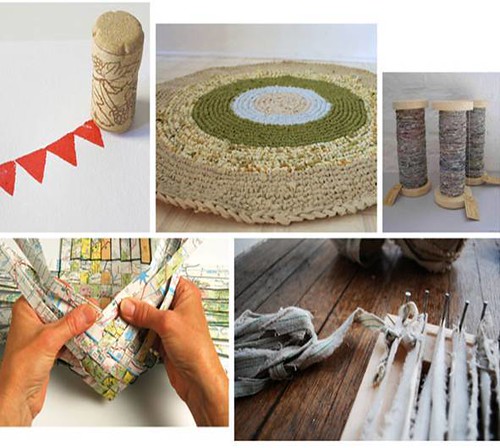
Escrito pelo Topas às 12:41 0 comentários
sexta-feira, fevereiro 03, 2012
Abrilhantar a cidade com alguns resíduos, no mínimo, brilhantes!
Escrito pelo Topas às 12:15 0 comentários
sexta-feira, janeiro 20, 2012
Projeto - Permacultura no CEA» o que fazer com latas velhas?
DIA 21
Por cá temos algumas latas de leite desidratado.
Pensamos, e pensamos e pensamos, ...
E chegamos a esta conclusão: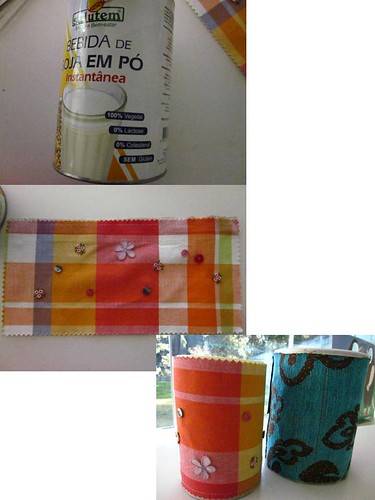
Escrito pelo Topas às 13:55 0 comentários
quarta-feira, janeiro 18, 2012
Projeto - Permacultura no CEA
Caros seguidores do Blog do Topas,
No seguimento da criação das novas atividades de educação ambiental no CEA-AdDP, há algum material que é necessário e que é um pouco difícil de recolher, não só pelas quantidades, mas também pelas práticas alimentares diárias.
Assim, e para conseguir fazer velas e sabão com produtos reciclados, vimos pedir-vos para entregarem no CEA o óleo alimentar usado que possam dispor, ou se tal não for possível contactar-nos.
Gratos.
Escrito pelo Topas às 12:29 0 comentários
quinta-feira, janeiro 05, 2012
Eco-Furoshiki
FANTÁSTICO!
Afinal, o que é o Furoshiki?
É uma técnica japonesa fantástica em que se utiliza tecidos e nós para podermos transportar objectos pequenos e grandes.
Aqui, podem encontrar muitas técnicas e muitos nós diferentes.
"Originating from Japanese culture where it promotes caring for the environment and reducing waste; Furoshiki is the eco-friendly wrapping cloth. Using techniques similar to origami, it can be used for gift wrapping, grocery shopping or simply as decor. Choose from a wide variety of sizes and designs to complement your lifestyle. Why furoshiki? It is reusable and multipurpose. Each year billions of plastic bags end up as litter; reusable bags, such as furoshiki can help reduce the impact to our environment. Its versatility allows you to wrap almost anything regardless of its shape or size."
Escrito pelo Topas às 10:31 0 comentários

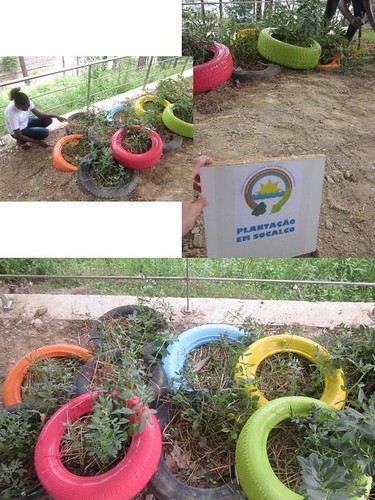
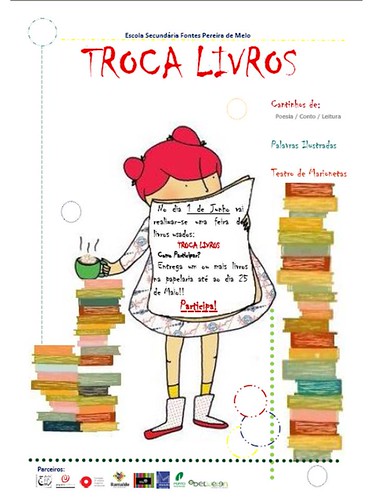


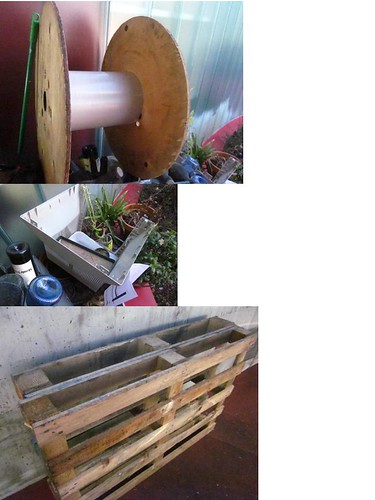
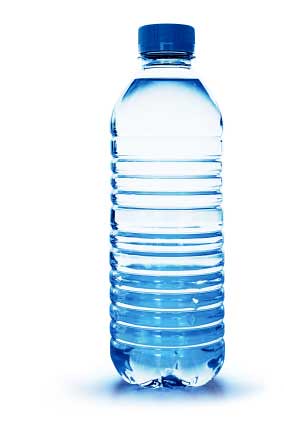
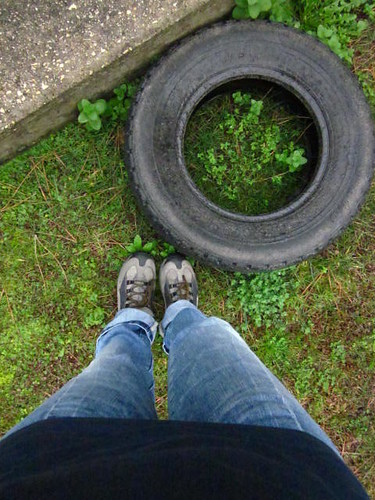








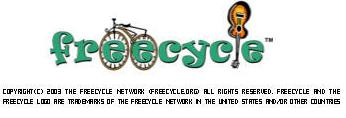
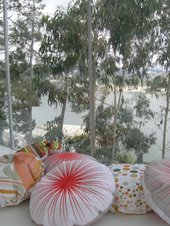
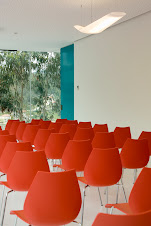.jpg)
.jpg)










